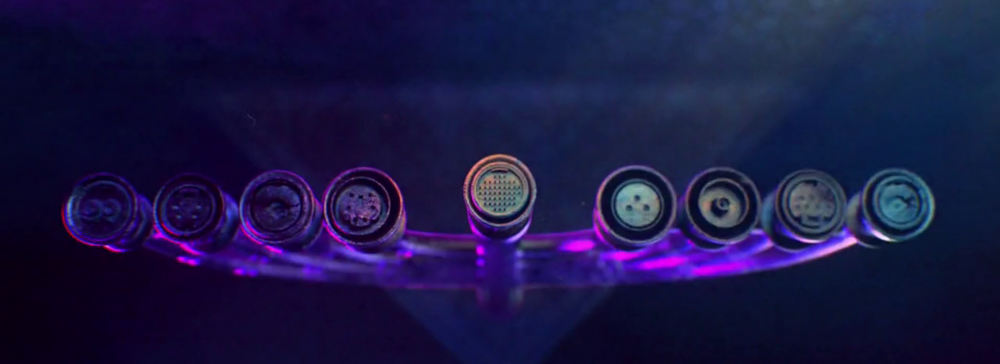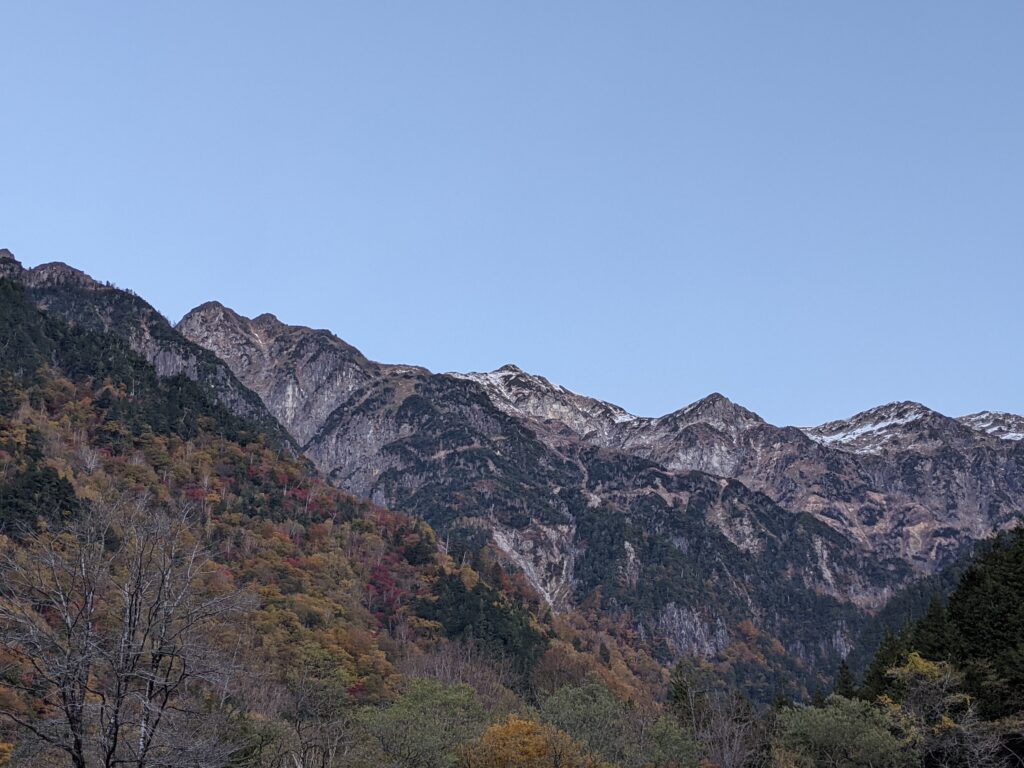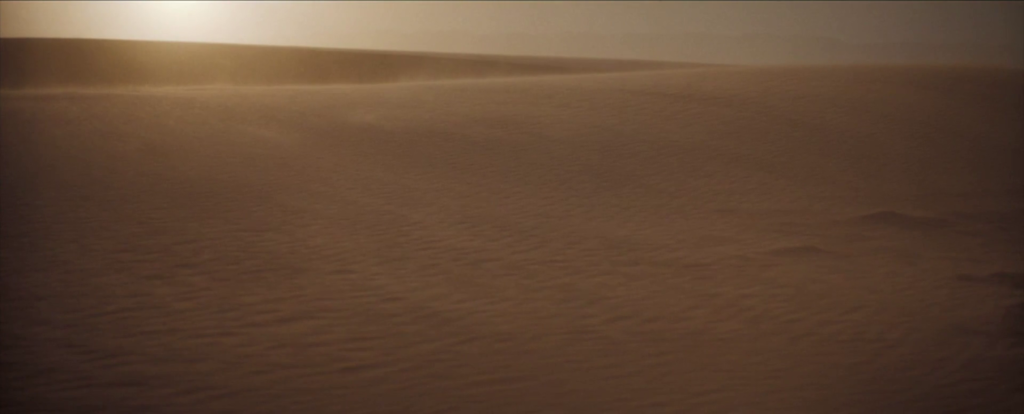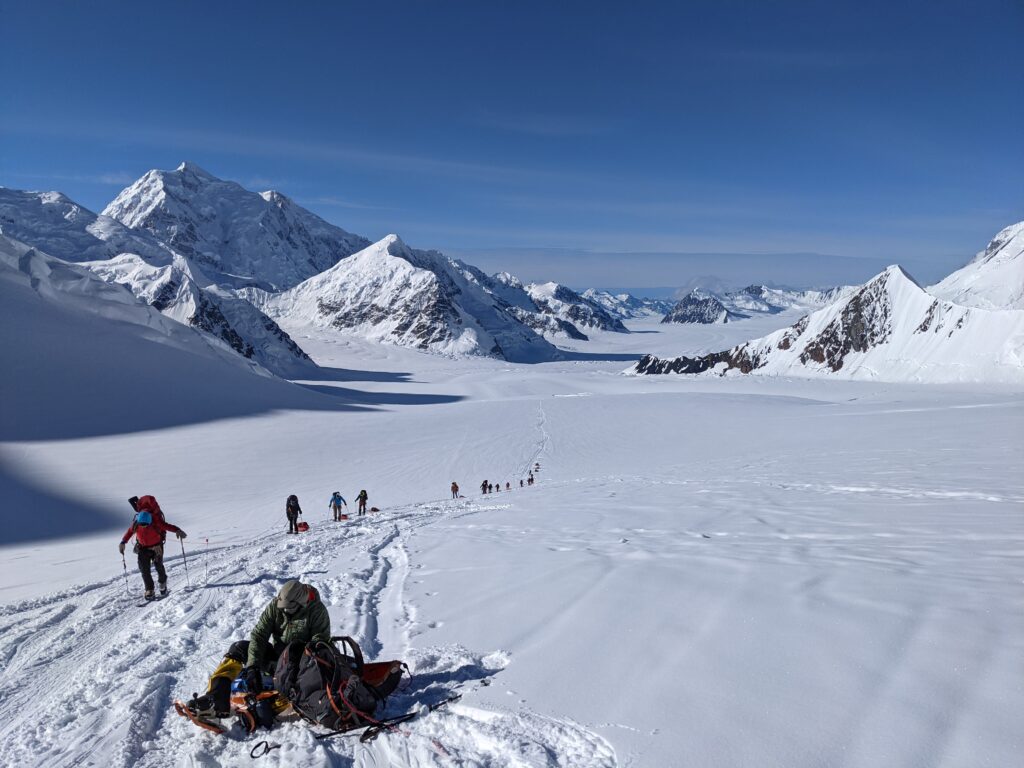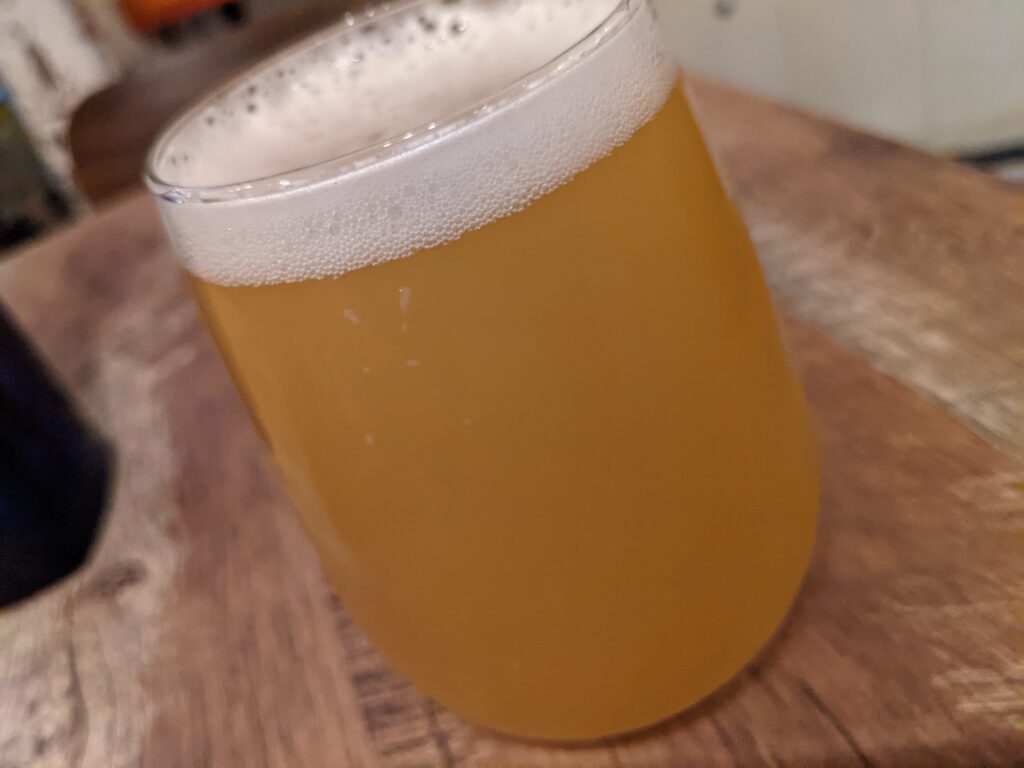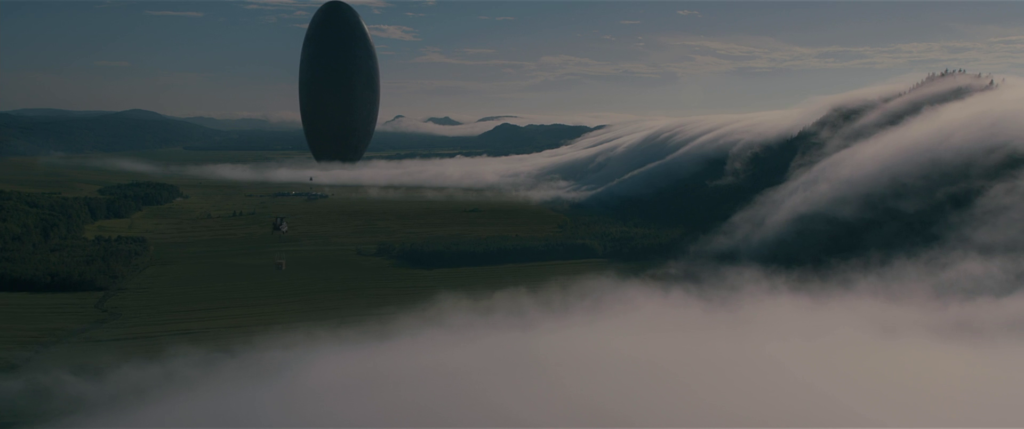Rich Hickey will tell you that breaking changes are horrible and versioning is stupid. The idea is nice. No breaking changes, ever. You get the API design of whatever you’re building perfectly at the first try. Oh wait. Obviously no one can do that, and no one could ever do that.
The question then becomes just how long exactly are you willing to carry the dead weight of code you don’t really want to carry anymore. Or rather even, how long exactly are you able to pay the costs of maintaining a possibly very problematic old API design.
